General
Transport
People
Accomodation
Food & Drink
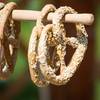 What is the local food like in Germany?
What is the local food like in Germany?
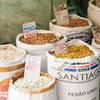 How much does the food cost?
How much does the food cost?
 What are some places to eat?
What are some places to eat?
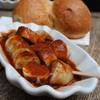 What local dishes to try in Germany?
What local dishes to try in Germany?
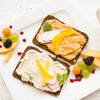 What can I eat in Germany as a vegetarian?
What can I eat in Germany as a vegetarian?
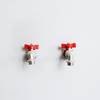 Can I drink tap water in Germany?
Can I drink tap water in Germany?
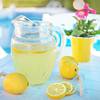 What soft drinks are available?
What soft drinks are available?
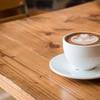 Is there a coffee and tea culture in Germany?
Is there a coffee and tea culture in Germany?
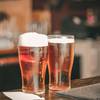 What beer concoctions to try in Germany?
What beer concoctions to try in Germany?
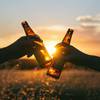 What are the restrictions regarding alcohol consumption?
What are the restrictions regarding alcohol consumption?
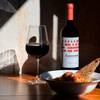 Where to buy alcohol in Germany and how much does it cost?
Where to buy alcohol in Germany and how much does it cost?
Sightseeing
Legal
Money
Safety & Health
Family travel
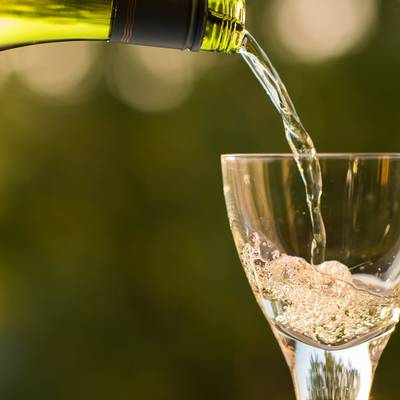
What other alcoholic drinks to try while in Germany?
Germans love their beer; in fact, it is estimated that Germans drink around 104 liters (24 gallons) of beer per person, per year. However, reports have also shown that Germans are actually drinking less beer than ever. There are many reasons for that (like a healthier lifestyle), but it may also be due to the growing popularity of other alcoholic drinks. If you're visiting Germany and want to try something other than beer, the country is also home to a number of great vineyards as well as a variety of liqueurs and mixed drink recipes. Try these other tasty alcoholic beverages instead of beer while you venture through German towns and cities.
Wine. German visionary and 16th century church reformer Martin Luther also had some thoughts on wine, "Beer is man-made, but wine comes from God." The German people seem to agree as they consume 20.5 million hectolitres (541,552,707 gallons) of wine each year. People outside of Germany may only know German sweet wines like Gewürztraminer, but within the country people usually prefer dry wines (trocken) like a crisp Riesling. The exception to this is Eiswein (ice wine), a super sweet dessert wine that is produced from grapes that went through a freeze after they were fully ripened. Or if you want wine light – ideal for hot days – try a Schorle or Gespritzen where sparkling water is added to wine. The most famous wine regions in Germany are in Franconia and along the rivers Rhein and Mosel with the wine road winding its way from wine village to wine village. Look for a Weinstube (wine room) where you can sample to your heart's (if not your head's) delight.
Sekt (sparkling wine). If you want even more sparkle than in a Schorle, try German sparkling wine – better known as Sekt. After France and Italy, Germany is the third biggest producer of sparkling wine in the world. While true champagne can only come from the Champagne region in France, Deutscher Sekt is sparkling wine made exclusively with German grapes. Types include Riesling, Pinot Gris, Pinot Blanc, and Pinot Noir. Sekt tends to be sweeter and lower in alcohol than champagne with pleasant fruit tones. East German favorite, Rotkäppchen, is among the most popular (and inexpensive) brands, although there are many other versions. As much as 80% of the Sekt produced in Germany is also consumed there.
Schnaps. In most countries, schnapps generally refers to sweet liqueurs, but in Germany, schnaps tends to be strong, clear and fruity – as in actually made of fermenting fruit with a base liquor. Traditionally, these high-alcohol shots were consumed after a meal to aid in digestion. Schnaps can refer to any liquor with the most common types being:
- Obstwasser/Obstler: Apple, apricot, cherry, pear, or plum are the most popular flavors. Some distillers actually grow their own fruit for their schnaps.
- Kräuterlikör: Herbal liquor, like world-famous Jägermeister.
While Schnapps can be found throughout Germany, nostalgic DDR alcohol is a disappearing vice. Some traditional Kneipe (bars) in Berlin and the east still serve the old favorites, but more options can be found in stores dedicated to the craft. For example, Dr. Kochan Schnapskultur in Prenzlauer Berg has dedicated classics like Kristall Wodka, Goldkrone, Nordhäuser Doppelkorn, and Mampe Halb und Halb.
Long Drinks. Newcomers to Europe are frequently confused by the term "long drink" on the drink menu. This term simply refers to an alcoholic drink composed of your chosen liquor, plus juice or soda, in a highball glass or tumbler. While ice would be nice, it is usually minimal in Germany. Examples of popular long drinks include whiskey cola, gin & tonic, vodka lemon, screwdriver, etc. A particularly Berlin concoction is vodka Club Mate, utilizing the trendy energy drink that can be found in the hand of many a hipster.
Bowle. Bowle loosely translates to punch, and it's served at every festival in Germany. Fruity, boozy, and served in mass quantities, bowle is the ideal summer drink. Swirling around giant glass bowls, hunks of fruit jostle together in a pool of juice and alcohol. Strawberry is popular, but practically any fruit can be used. To add a little bubble, Schorle is sometimes used instead of juice or even Sekt to up the alcohol content. If you want to avoid a buzz, you will need to order the Kinderbowle made for children.
Glühwein. On the other end of the seasons, Glühwein is the quintessential winter drink. Ubiquitous at Weihnachtsmärkte throughout the country, people grip custom mugs of this warm wine and spice mixture to warm their hands, then their insides. It is Christmas in a cup. Red wine is the classic, but there are also white wine versions, plus optional add-ins like einen Schuß (a shot) of rum, Kirschwasser (cherry brandy) or amaretto.
Apfelwein. Similar to apple cider, also known as Ebbelwoi, this is a traditional unsweetened drink and a bit of an acquired taste. Granny Smith or Bramley apples are usually used to produce it, and it has an alcohol content between 4.8% to 7%. It is tart and sour and should be often served in a geripptes, a 0.3 liter glass with angular cuts that refract the light and improve grip, or a Bembel with elegant blue detailing.
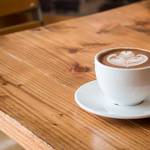
Is there a coffee and tea culture in Germany?

What are some things to do in Germany with children?
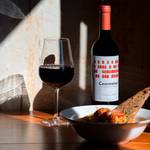
Where to buy alcohol in Germany and how much does it cost?

What are some places to eat?

What items should I pack when traveling to Germany with children?
